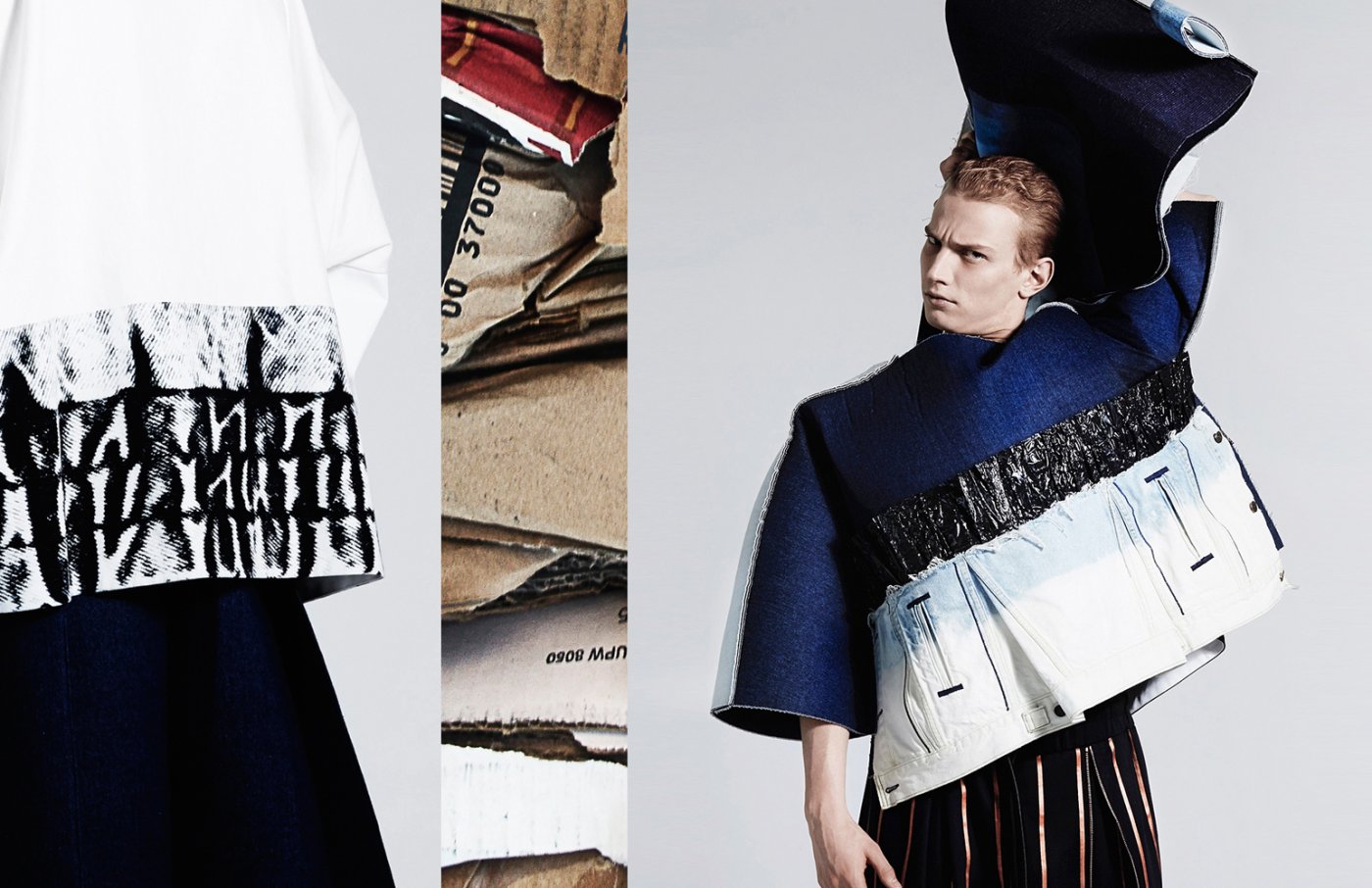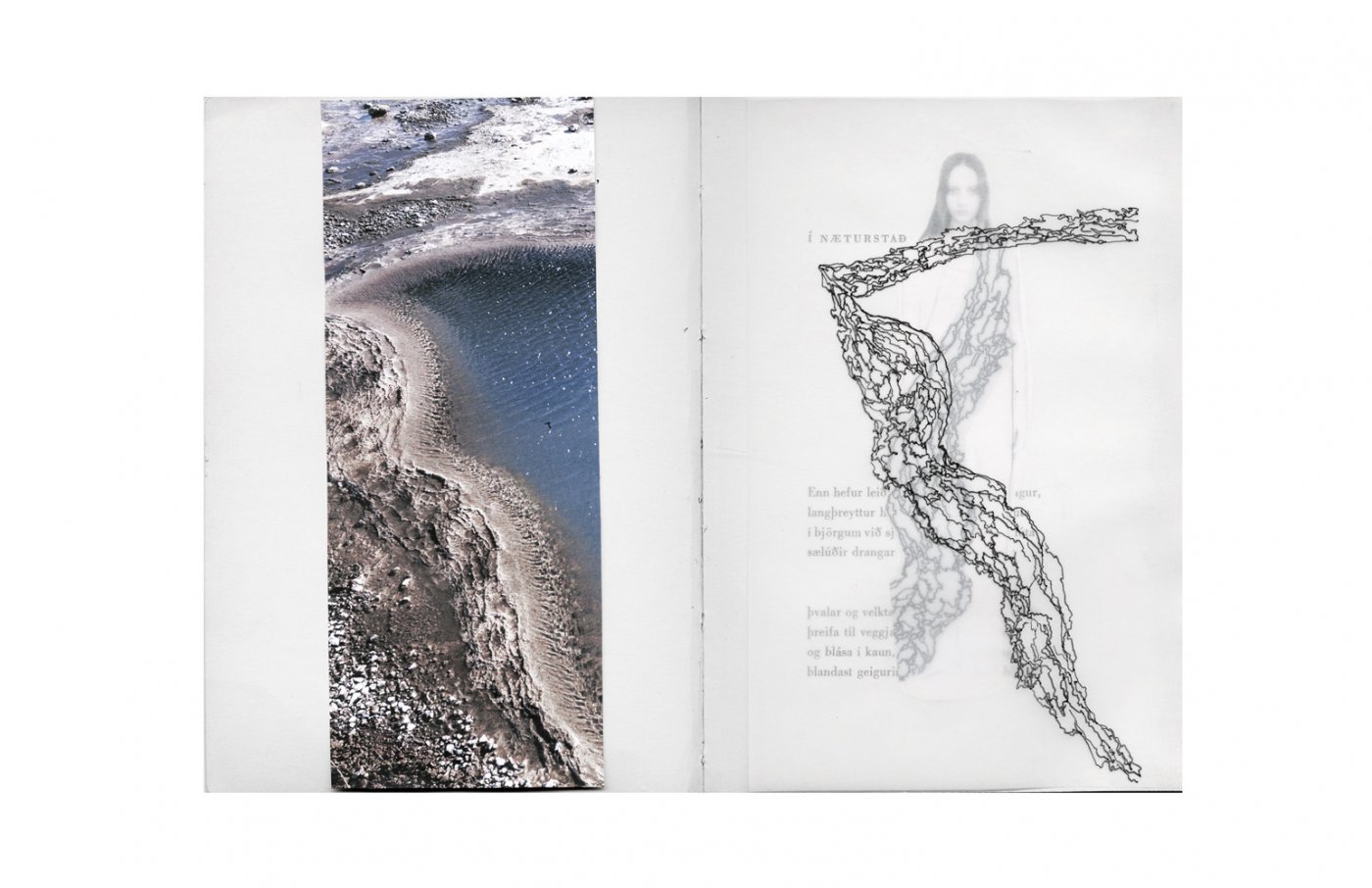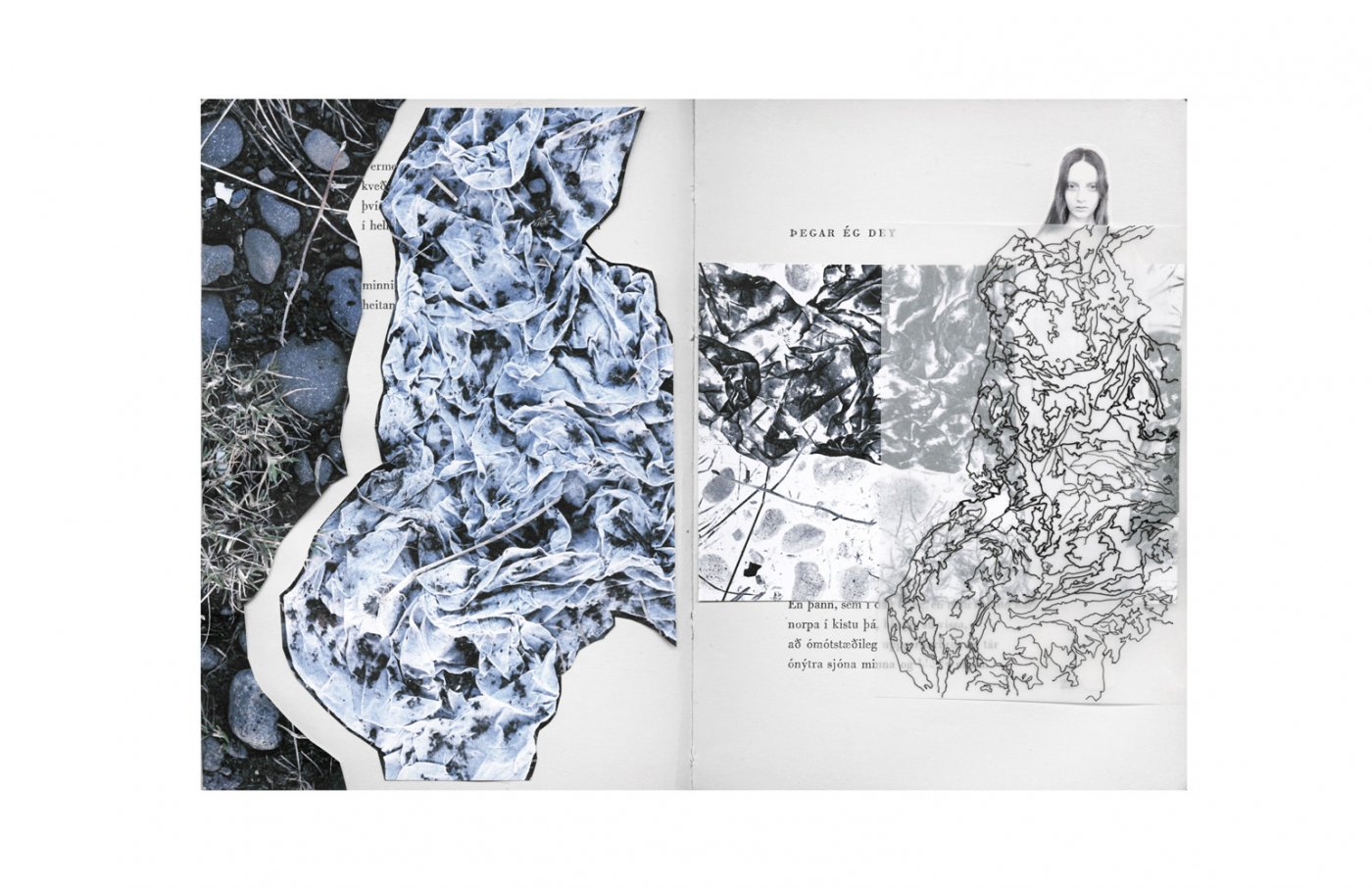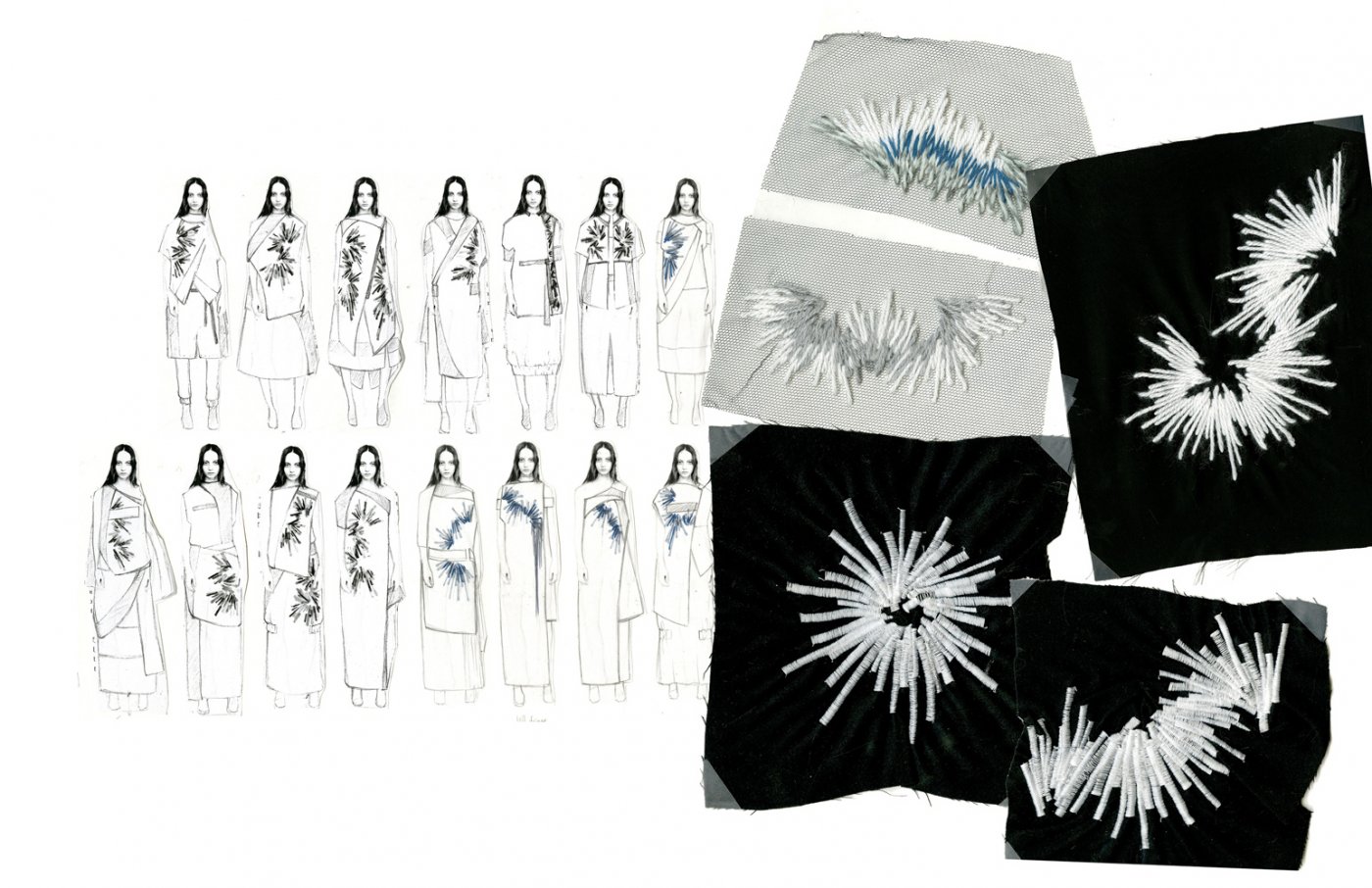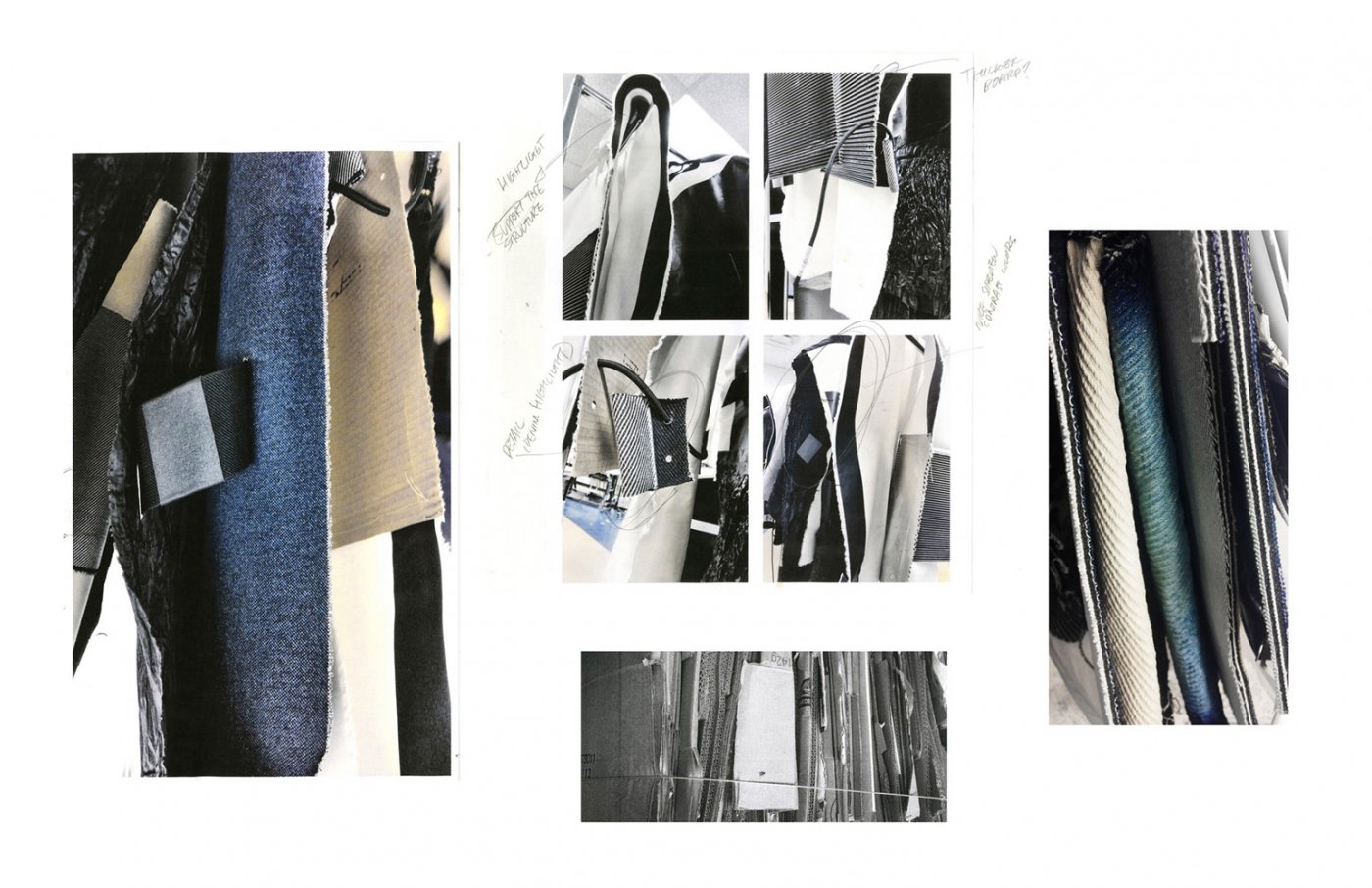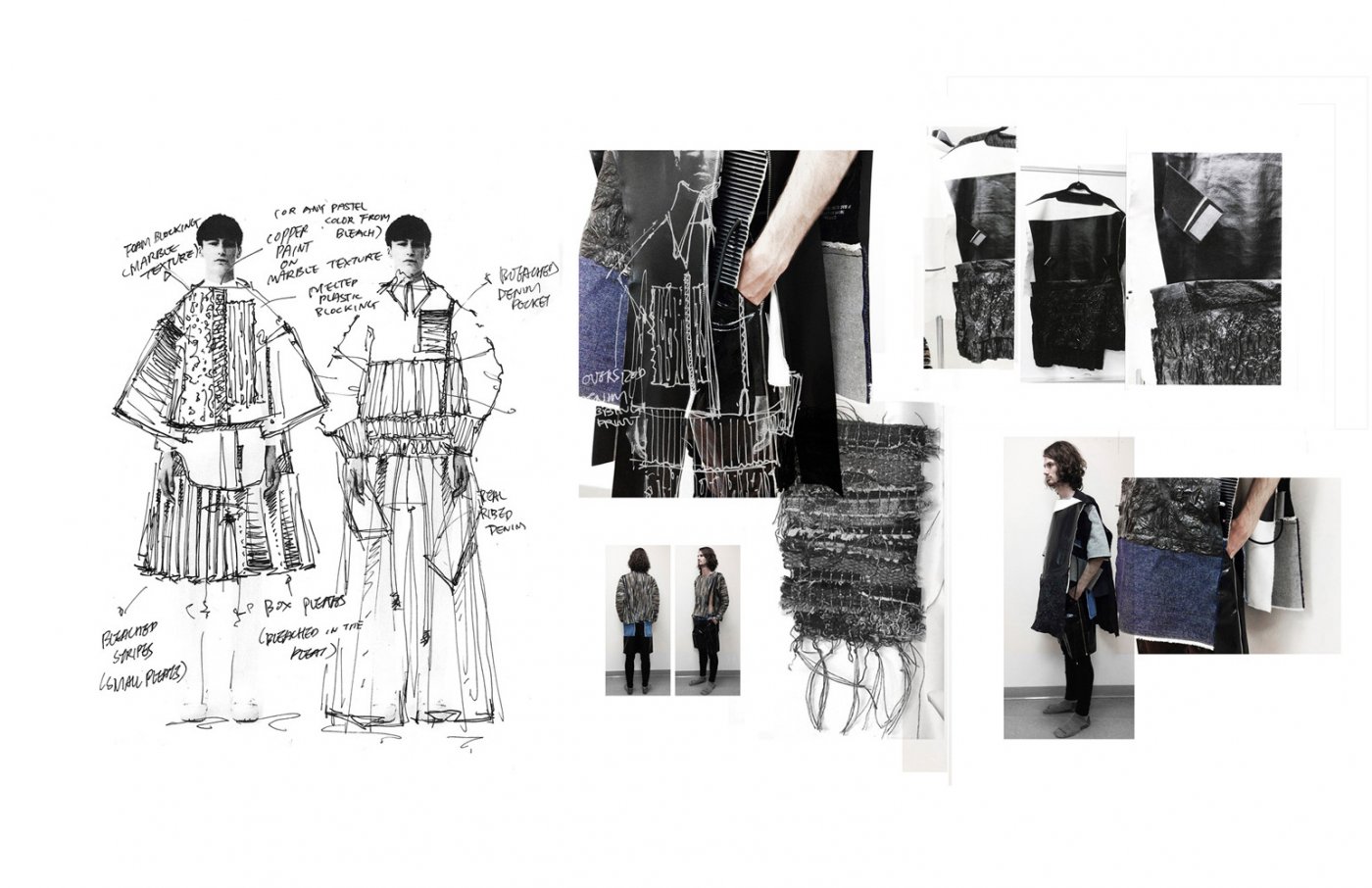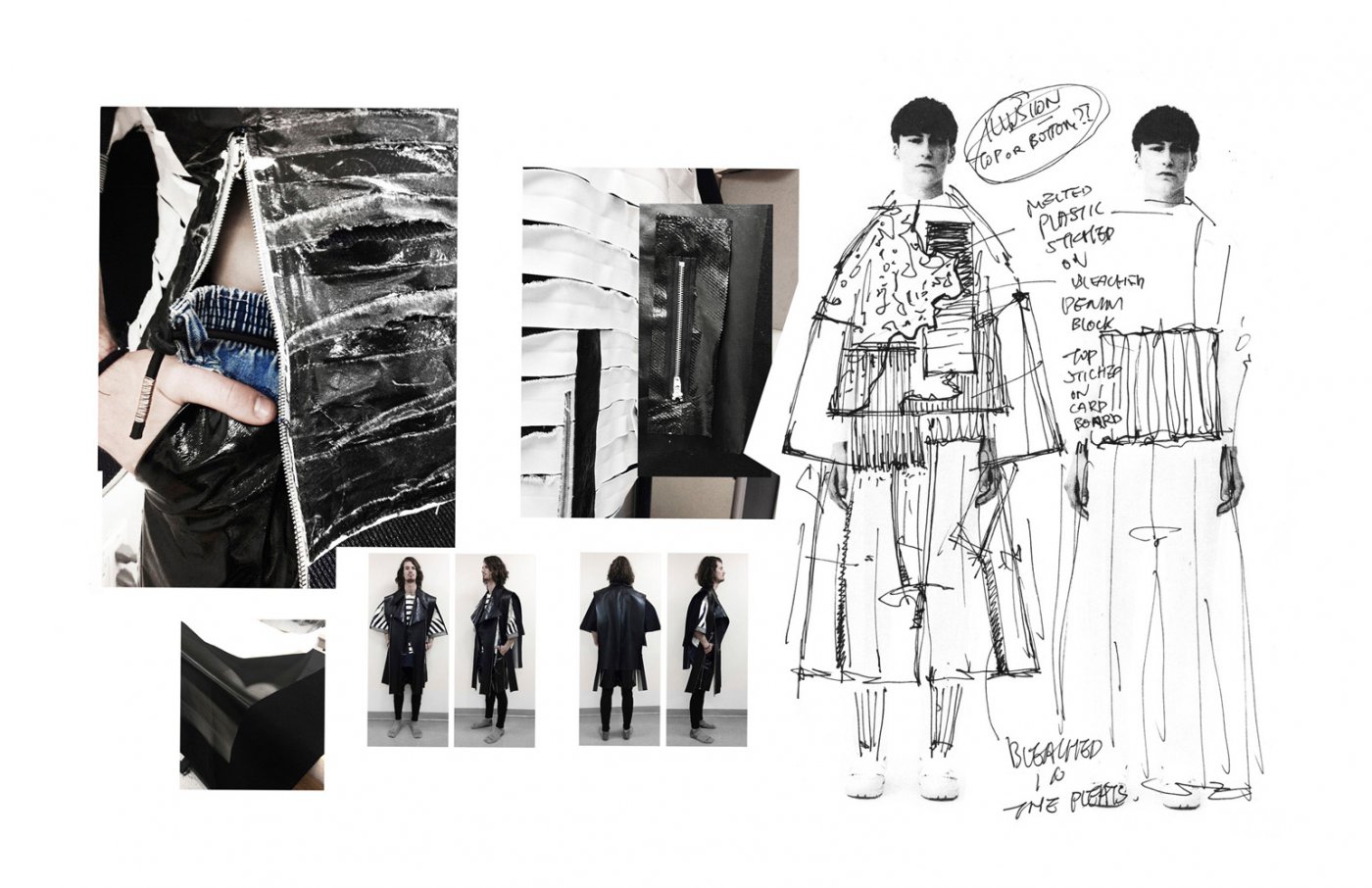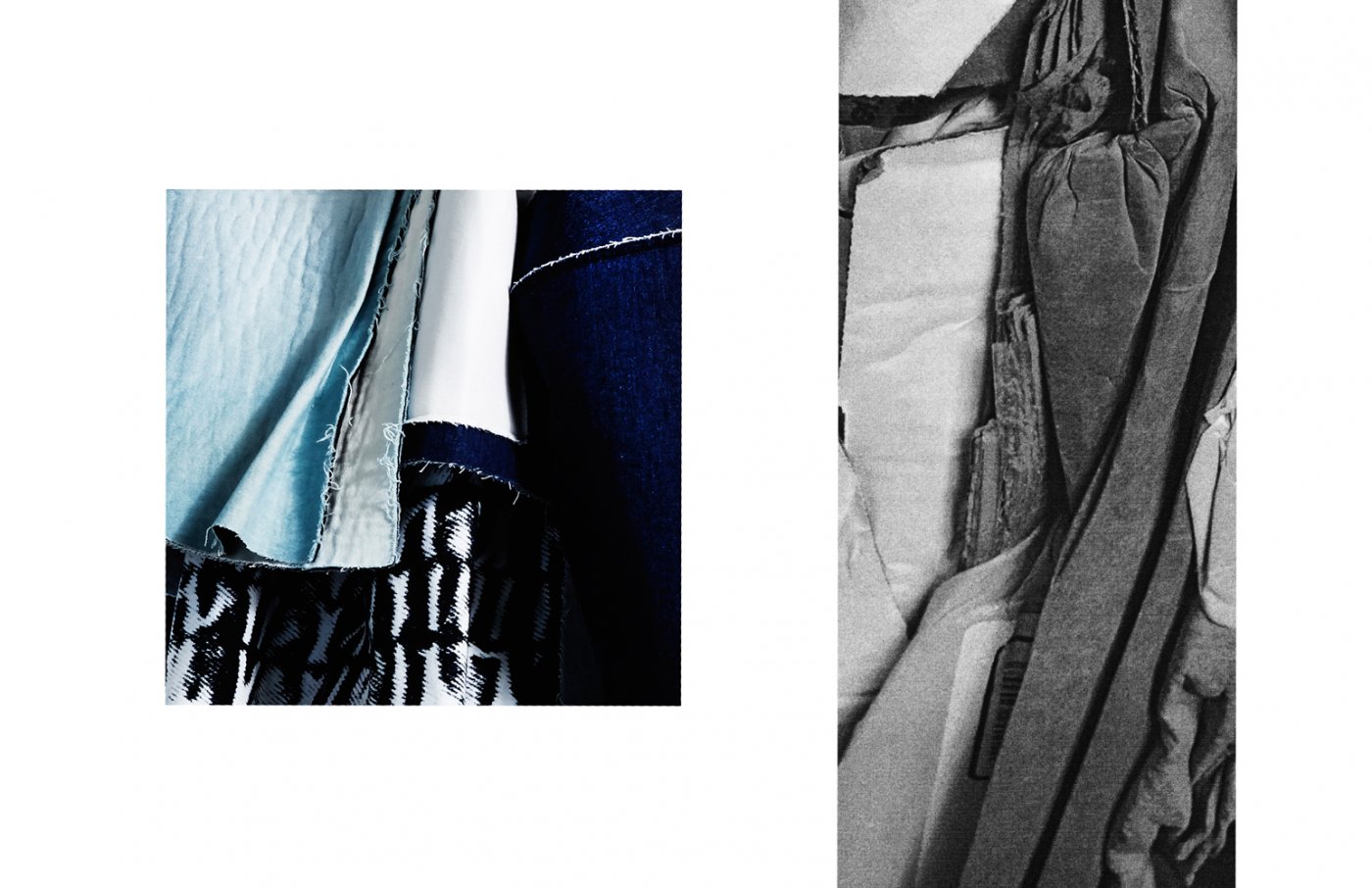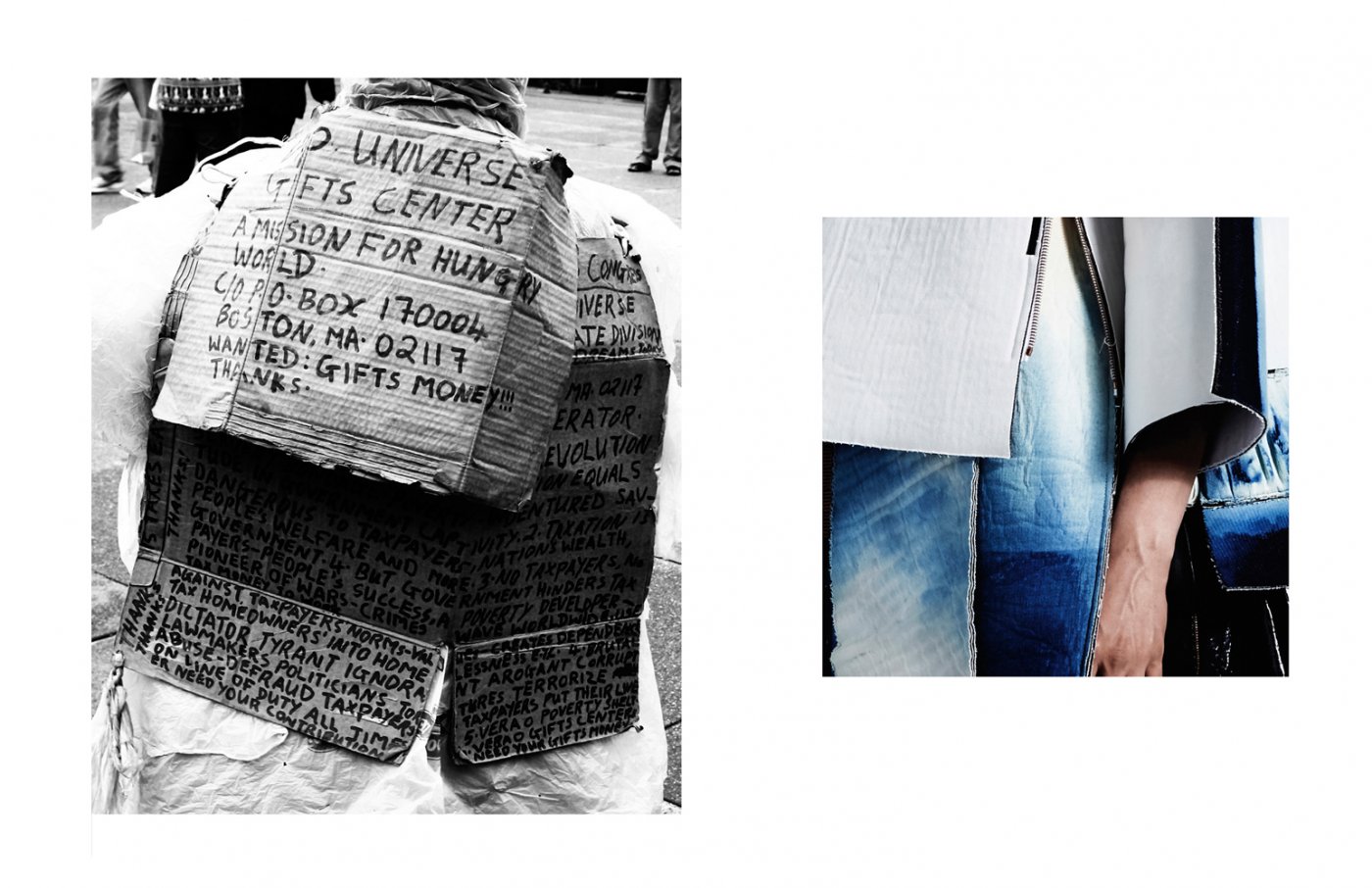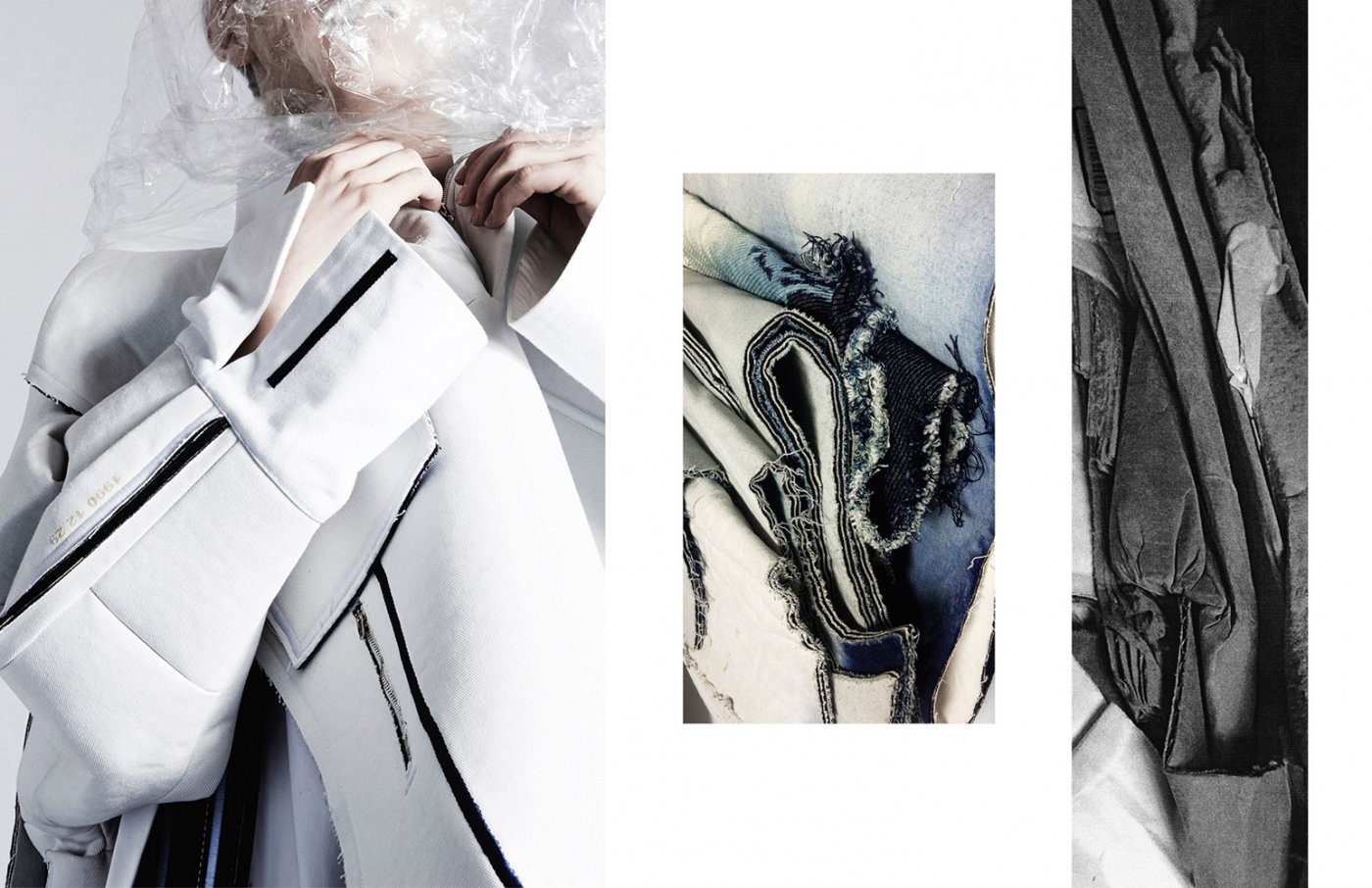Ximon Lee x Yunan Wang — The Friendship Between Homeless Russian Children and Icelandic Volcanoes in New York
What is your life experience thus far?
Yunan: I was born in Tianjin, grew up in Beijing and came to New York after graduating high school. I also spent a semester on exchange at Central Saint Martins in London and interned at Alexander Wang and Philip Lim. I am now working under the designer Chris Gelinas, who was in the final list of the LVMH prize this year.
Ximon: I was born in Manchuria and both of my grandparents are Korean. What is different from me and Yunan is that once I was born, I kept moving from city to city. I have lived in places such as Shanghai, Shenzhen, Hong Kong, etc. People often ask me where I am from in New York; a question I often find it difficult to answer. Normally I say Hong Kong because it is the last place I lived before coming here.
Why New York?
Ximon: I think being in a dynamic city like New York, which gathers people from everywhere in the world and everything is changing on a daily basis, I can easily find my source of inspiration.
Yunan: I lived in America for a little bit when I was 9. I realized that I could fit perfectly in its education system, which is largely different from that in China. So I decided to come back one day and study fashion. Even though Europe is great for fashion design, I just never seemed to have dreamt about studying there. New York became the obvious choice.
But since both of your designs involve a lot of artistic element, how do you cope with the market or environment in New York, which is leaning to the commercial side?
Ximon: We have discussed this as well. Indeed it is harder for people here to accept our designs. Even professors at our school had the same thought, condemning that we do not consider the selling ability of our clothes. But since I was named the designer of the year at Parsons, I think it symbolizes the transformation of the fashion attitude in New York. Before, the winners were mostly suit-and-tie or focused on minimalism. So the media and the industry was very surprised to see that such avant-garde designs were appreciated this year.
What was your mentality as you were creating your designs?
Yunan: Stressed! Especially in a competitive school like Parsons, trying to do your first collection ever. You run into people with bad attitudes from time to time that make you depressed or upset. But because our inspirations were entirely things we are passionate about, it became easier. But I also had worries and questioned myself about whether my artistic concept would be accepted by the school. For example, I used a lot of natural wax to create an earthy texture. This means the clothes cannot be sold or be kept for a long time. But I came to the understanding that as long as you are doing something you love, you will regret nothing.
Ximon’s collection, which was inspired by homeless children in Russia; and Yunan’s collection, inspired by her love for Icelandic culture, were both realized after their journey to the land of their universe. Could you tell us more about your trip? What did you discover?
Yunan: My inspiration originated from my love for Icelandic “trip-hop” music, such as Sigur Rós and Björk. So the two of us decided to visit my inspirational “Mecca”. Growing up in China, living in New York, I seldom get the opportunity to appreciate the majestic beauty of nature. We visited a lot of places in Iceland and took a lot of pictures. A lot of the embroidery in my design is intended to imitate the texture and lines formed by nature, such as the mountain ranges, the ocean, the icebergs, the stones and the soil. I also fell in love with their street culture as well. Iceland lacks a lot of natural resources; even though their original color palette is gorgeous already, it still appears to be pale, monotonous and lacks a lot of bright colors. But Icelandic people have learned to intergrade artificial elements into their natural habitat, without destroying the beauty of it. For example, they would lay a crowd of stones on the streets, all colored in neon colors, or paint their houses in lively, upbringing red, blue, yellow or green. So I interpreted this artificial improvement of the color palette into my own design and created this visual contrast. I also added little pieces of chopped wood in different shapes, painted in neon blue or neon yellow on my clothes, and the contrast between the texture of these wood pieces and the soft texture of the fabric truly surprised me. Moreover, I am in love with fabric design so I tend to have a more low-key silhouette.
Ximon: I, on the other hand, did not always have the passion for Russia. But I sometimes would drown myself flipping through random books in the library. One time, I discovered a lot of documents about the early stages after the collapse of the Soviet Union. In those pictures, the soulless, constructivist architecture from the communist era; the greyish tone of the colors, the empty playgrounds in which the paint on the facilities has faded away – all created this atmosphere that reminded me so much of the environment and the surrounding from my childhood in northern China. Moreover, in a documentary about the homeless children I watched, I noticed those worn down houses they lived in; the piled up hills of garbage covered in snow, the unstableness of these children from moving around. It felt like I was collecting fragments of memories from these splattered elements. The thing that attracted me the most is the clothes these children are wearing. In China or Russia, there is no tradition or culture of second hand clothing, or organizations such as the Salvation Army for orphans or homeless kids. So they could only pick up old, worn out clothes from old people on the streets, and put them all on themselves to stay warm. Thus their styling becomes very interesting. For example, an oversized shirt or sweater underneath a giant military coat that fit them in no way possible. Since they do not have quality clothing, layering becomes the key. Of course they could not possibly be conscious about what they are wearing, but I was obsessed with this unintentional beauty of styling. After seeing all of these, I suddenly had the strong urge to visit this land and discover more, in search for this familiar yet strange inspiration. During this trip, I met a lot of people on the way and a lot of them have become friends of a lifetime. Some of them are DJs or photographers and they have been nothing but kind to me. Before when I studied in western countries, there was a strong bias towards the people of Russia. But I realized it is not entirely true and those people are, just like their vast nation, accepting, generous and straightforward.
Ximon, your designs seem to include futuristic elements. How do you see this?
Ximon: To be honest, I do not like it when people say that my collection is something of the future or involve technologic elements. I have been honest and true to my original inspiration this whole time, using a lot of recycled materials, and made almost entirely with my hands. For example, on one of my coats, there is a gradient effect on the back with a cracked texture. Many people think that I used some high-end printing technology to create this, but in fact all I used were just a toothbrush and different kinds of bleach, applying different levels of strength to create this effect. I call this “paint on denim”. Even the entire silhouette came to me as a surprise when I finished it. Since the materials I used were a compact of six layers of denim, the volume expands as they get washed. If you look from the side, it looks like a sandwich, which is why I named this fabric I invented “sandwich wear”. You can also see some uneven black stripes on the sides, and a lot people thought it was leather or latex. But these are literally burned garbage bags I made. I still have a lot of them left in my house and I was so amazed by how good I was at burning garbage bags that I want to make an installation with it, haha.
Do you have any extensions of your graduation projects in the future, after they picked up such a large amount of fashion media attention?
Ximon: After the graduation show, a lot of buyers stores, mostly based in Scandinavia or who focus on Scandinavian-style avant-garde design, have contacted me. Actually, I did not intend to make my clothes like this, but the outcome accidently fell into this theme. I thought that was quite amusing.
Yunan: Many fashion media borrowed our clothes for photo shoots and we continue to send them out. We really love how our designs can be viewed, appreciated and displayed in a completely different perspective from ours. After all, we have been looking at these clothes all year long and are a little tired of their beauty.
What is special about your collaboration with elsewhere Magazine this time?
Ximon: We have been waiting for a chance to mix and match each other’s clothing for a long time. And since both of our concepts are originated from a cold, snowy and icy place, it would definitely create some new sparkle.
Do you have any secret sides of yours that could share with us?
Ximon: I work hard and play harder. If I have nothing to do all day, I will flip out. Plus I absolutely love techno house music, so New York has plenty to offer and keep me away from home, haha. On the contrary, Yunan is pretty much a hikikomori – in Japanese, the abnormal avoidance of social contact. Often, I would call her all morning and she would only reply to me in the afternoon once she woke up. And the first thing she asks is “What are we eating today?” You might think she looks like such a cold, cool person, but her Instagram feed is pretty much all about famous dogs, cats, rabbits and food. Also, when she was making all these gorgeous clothes inspired by Iceland, she wasn’t listening to artsy Icelandic music. She was most definitely grilling a steak on the side and watching ‘Iron Chef’ at the same time.
Yunan: Yes, I guess this is my secret self, haha. But could you still make me sound cooler please?


